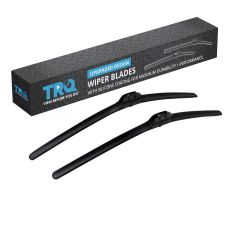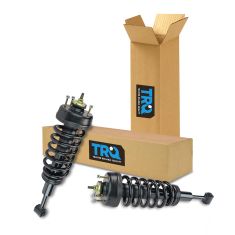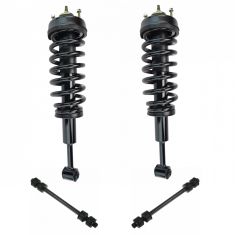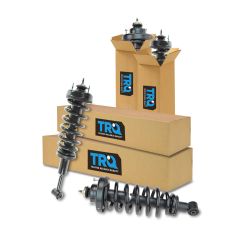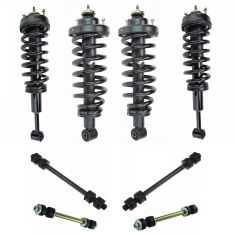1ASTS00849-2006-10 Ford Explorer Mercury Mountaineer Front Strut & Spring Assembly TRQ SCA57563
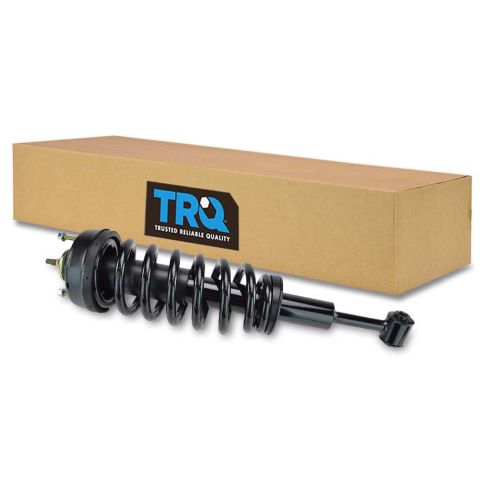


Replaces
2008 Ford Explorer Front Driver Side Strut & Spring Assembly TRQ SCA57563


Recommended for your 2008 Ford Explorer
Product Reviews
Loading reviews
Customer Q&A
No questions have been asked about this item.
Ford is a registered trademark of Ford Motor Company. 1A Auto is not affiliated with or sponsored by Ford or Ford Motor Company.
See all trademarks.







